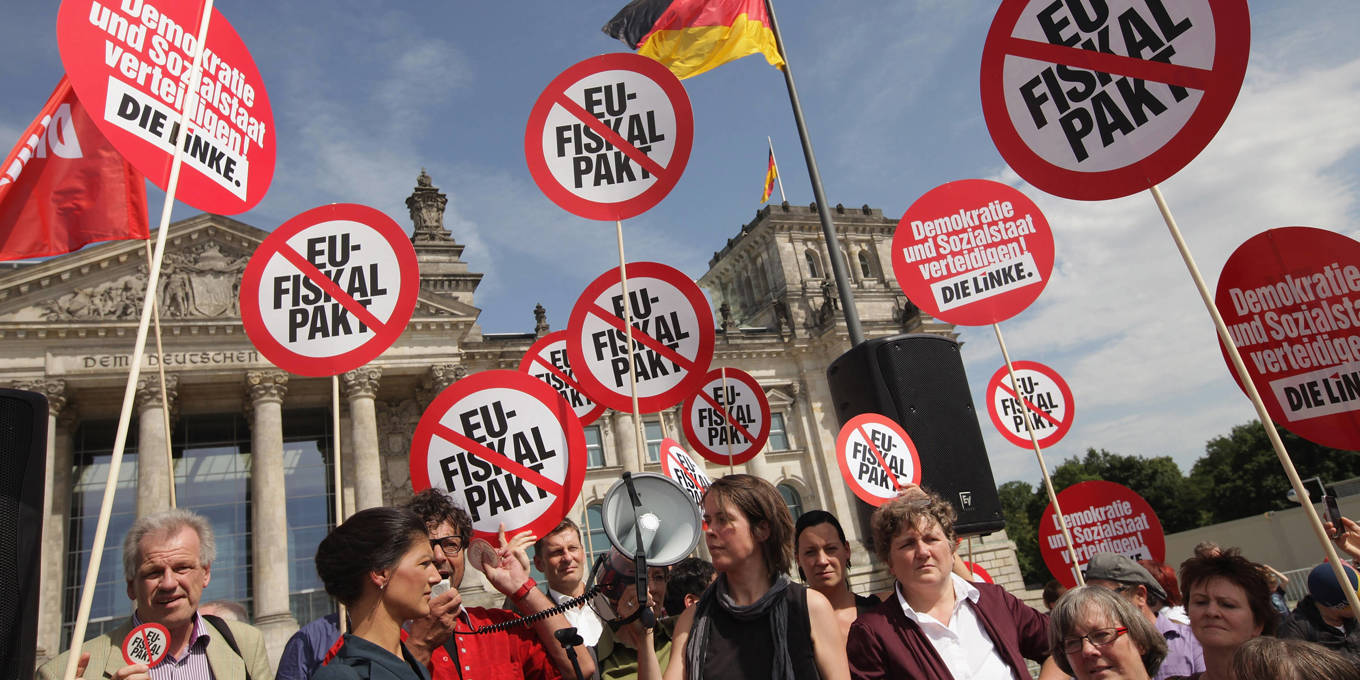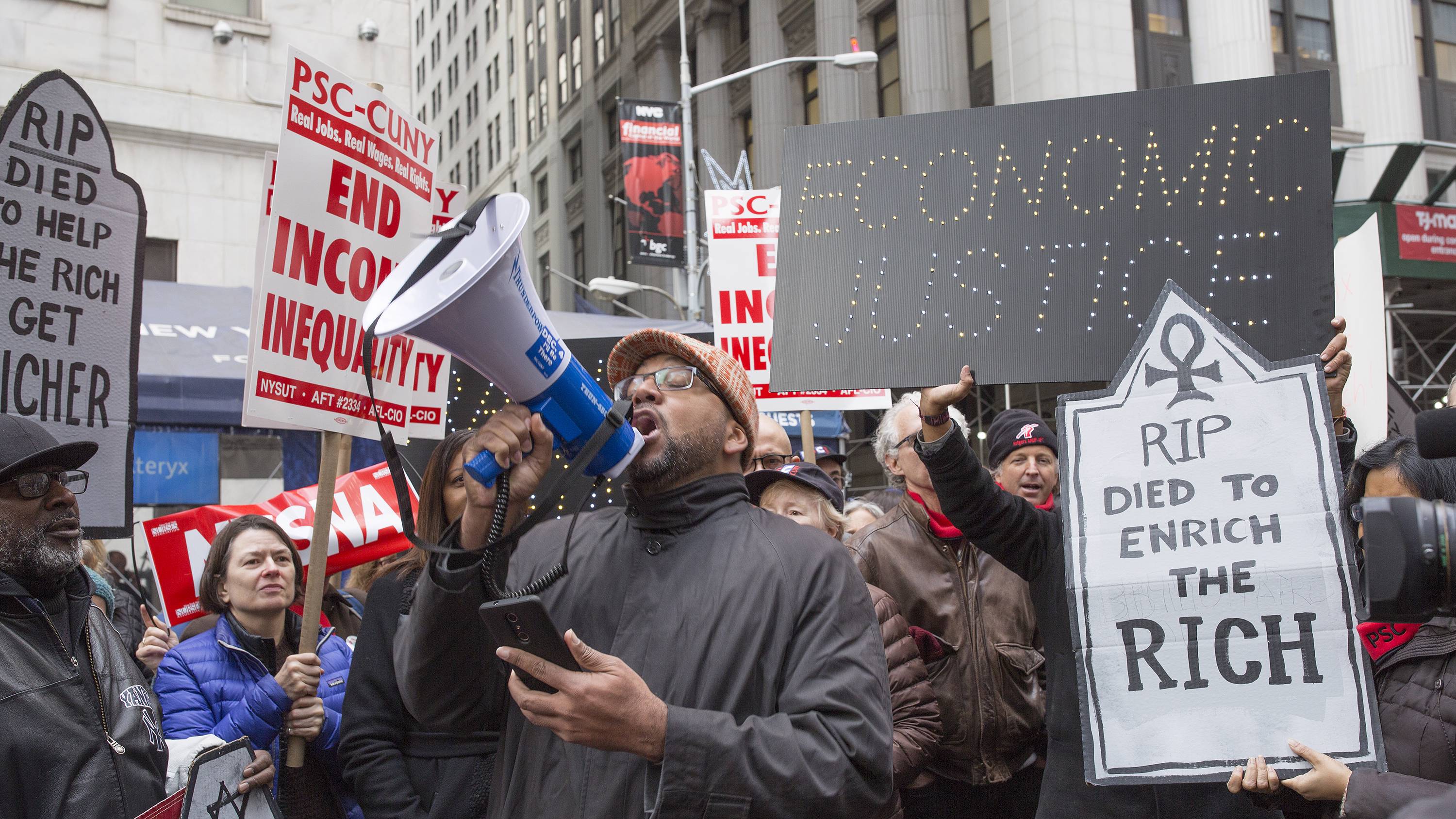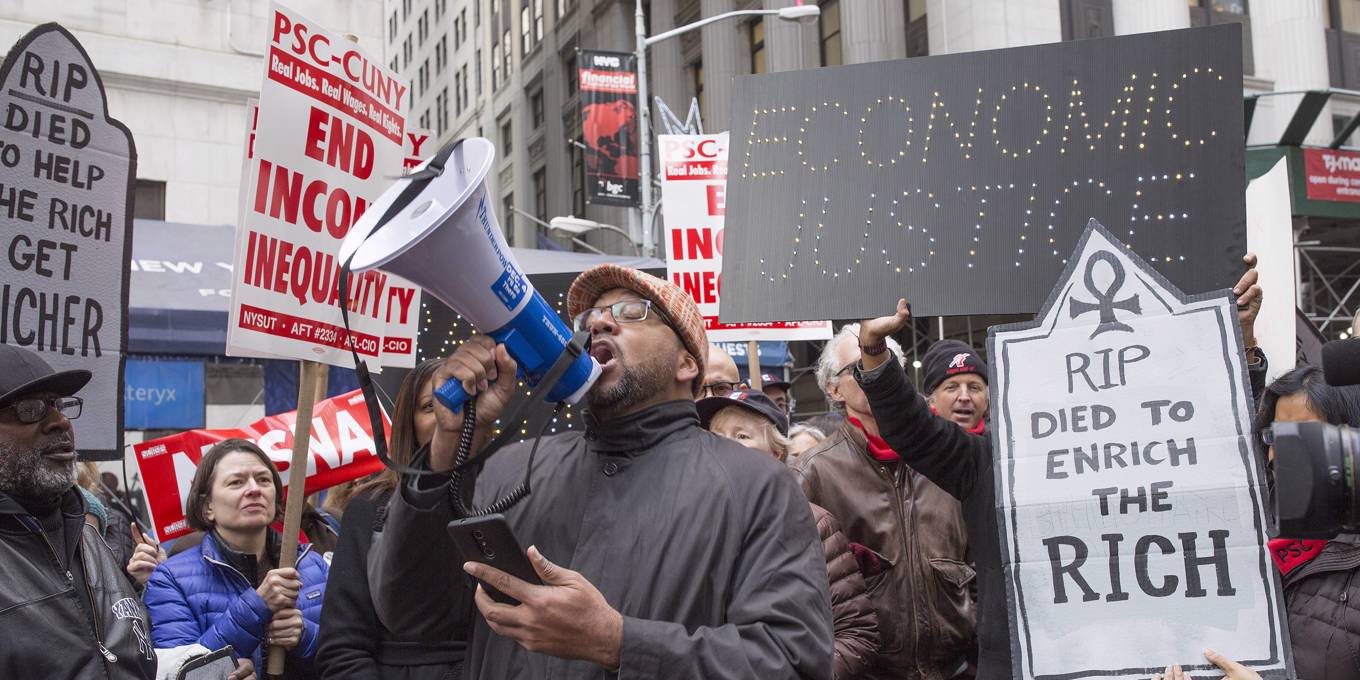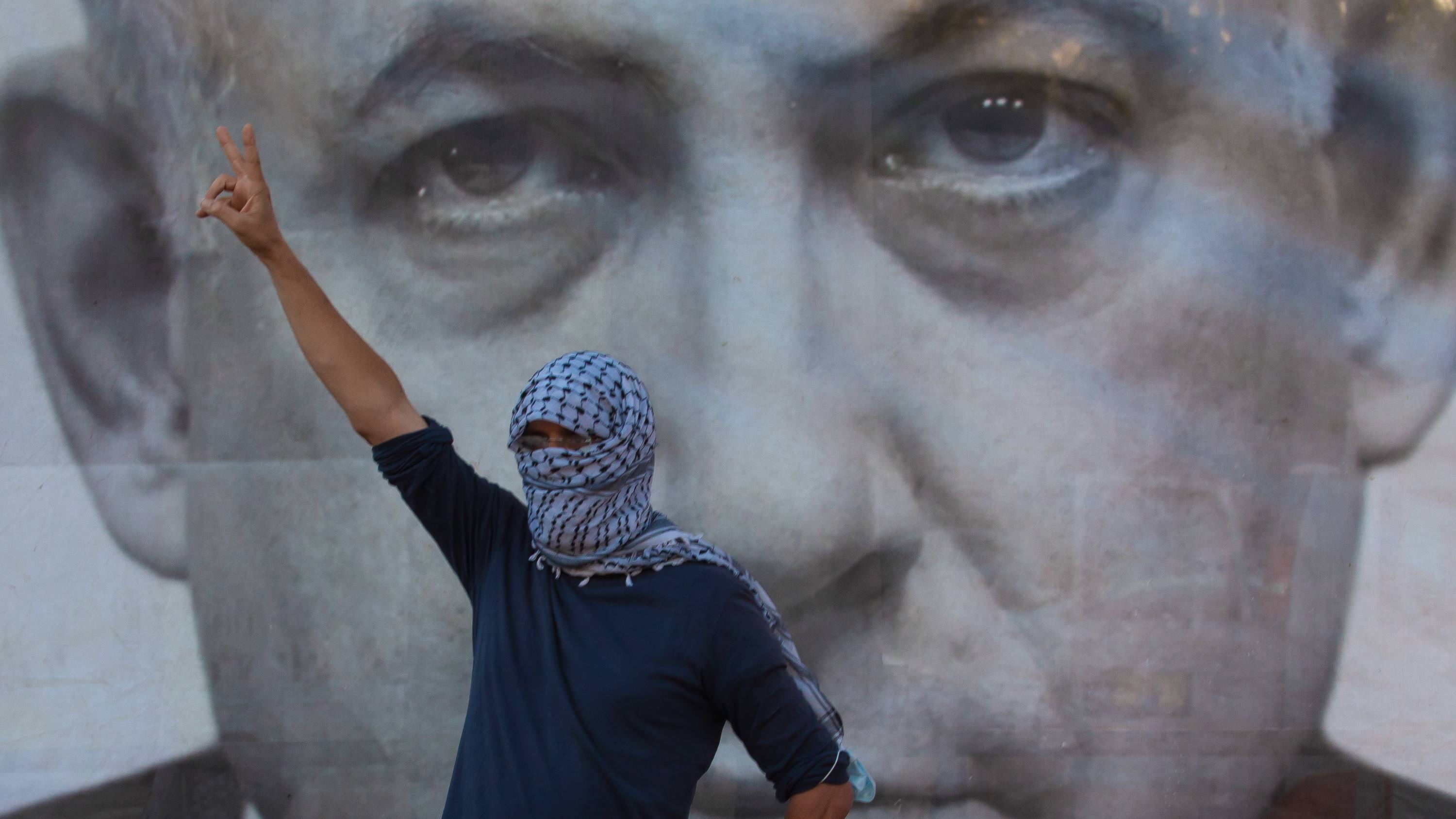The COVID Class War
Jun 30, 2020 YANIS VAROUFAKIS
The European Union's proposed recovery fund to counter the pandemic's economic fallout seems destined to leave the majority in every member state worse off. Finance will again be protected, if badly, while workers are left to foot the bill through new rounds of austerity.

ATHENS – The euro crisis that erupted a decade ago has long been portrayed as a clash between Europe’s frugal North and profligate South. In fact, at its heart was a fierce class war that left Europe, including its capitalists, much weakened relative to the United States and China. Worse still, the European Union’s response to the pandemic, including the EU recovery fund currently under deliberation, is bound to intensify this class war, and deal another blow to Europe’s socioeconomic model.
If we have learned anything in recent decades, it is the pointlessness of focusing on any country’s economy in isolation. Once upon a time, when money moved between countries mostly to finance trade, and most consumption spending benefited domestic producers, the strengths and weaknesses of a national economy could be separately assessed. Not anymore. Today, the weaknesses of, say, China and Germany are intertwined with those of countries like the US and Greece.
The unshackling of finance in the early 1980s, following the elimination of capital controls left over from the Bretton Woods system, enabled enormous trade imbalances to be funded by rivers of money created privately via financial engineering. As the US shifted from a trade surplus to a massive deficit, its hegemony grew. Its imports maintain global demand and are financed by the inflows of foreigners’ profits that pour into Wall Street.
This strange recycling process is managed by the world’s de facto central bank, the US Federal Reserve. And maintaining such an impressive creation – a permanently imbalanced global system – necessitates the constant intensification of class war in deficit and surplus countries alike.
Deficit countries are all alike in one important sense: whether powerful like the US, or weak like Greece, they are condemned to generate debt bubbles as their workers helplessly watch industrial areas morph into rustbelts. Once the bubbles burst, workers in the Midwest or the Peloponnese face debt bondage and plummeting living standards.
Although surplus countries, too, are characterized by class warfare against workers, they differ significantly from one another. Consider China and Germany. Both feature large trade surpluses with the US and the rest of Europe. Both repress their workers’ income and wealth. The main difference between them is that China maintains huge levels of investment through a domestic credit bubble, while Germany’s corporations invest much less and rely on credit bubbles in the rest of the eurozone.
The euro crisis was never a clash between the Germans and the Greeks (shorthand for the fabled North-South clash). Instead, it stemmed from an intensification of class war within Germany and within Greece at the hands of an oligarchy-without-frontiers living off financial flows.

For example, when the Greek state went bankrupt in 2010, the austerity imposed on most of the Greek population did wonders to restrict investment in Greece. But it did the same in Germany, indirectly repressing German wages at a time when the European Central Bank’s money-printing was sending share prices (and German directors’ bonuses) through the roof.
Class warfare is arguably more brutal in China and the US than it is in Europe. But Europe’s lack of a political union ensures that its class war verges on being pointless, even from the capitalists’ perspective.
Evidence that German capitalists squandered the wealth extracted from the EU’s working classes is not hard to find. The euro crisis caused a massive 7% devaluation of the surpluses that the German private sector had accumulated from 1999 onwards, because capital owners had no alternative but to lend these trillions to foreigners whose subsequent distress led to large losses.
This is not only a German problem. It is a condition afflicting the EU’s other surplus countries as well. The German newspaper Handelsblatt recently revealed a notable reversal. Whereas in 2007, EU corporations earned around €100 billion ($113 billion) more than their US counterparts, in 2019 the situation was inverted.
Moreover, this is an accelerating trend. In 2019, corporate earnings rose 50% faster in the US than in Europe. And US corporate earnings are expected to suffer less from the pandemic-induced recession, falling 20% in 2020, compared to 33% in Europe.
The gist of Europe’s conundrum is that, while it is a surplus economy, its fragmentation ensures that the income losses of German and Greek workers do not even become sustainable profits for Europe’s capitalists. In short, behind the narrative of northern frugality lurks the specter of wasted exploitation.
Reports that COVID-19 caused the EU to raise its game are grossly exaggerated. The quiet death of European debt mutualization guarantees that the gigantic increase in national budget deficits will be followed by equally sizeable austerity in every country. In other words, the class war that has already eroded most people’s incomes will intensify. “But what about the proposed €750 billion recovery fund?” one might ask. “Is the agreement to issue common debt not a breakthrough?”
Yes and no. Common debt instruments are a necessary but insufficient condition for ameliorating the intensified class war. To play a progressive role, common debt must fund the weaker households and firms across the common economic area: in Germany as well as in Greece. And it must do so automatically, without reliance on the kindness of the local oligarchs. It must operate like an automated recycling mechanism that shifts surpluses to those in deficit within every town, region, and state. In the US, for example, food stamps and social security payments support the weak in California and in Missouri, while shifting net resources from California to Missouri – and all without any involvement by state governors or local bureaucrats.
By contrast, the EU recovery fund’s fixed allocation to member states will turn them against one another, as the fixed sum to be given to, say, Italy or Greece is portrayed as a tax on Germany’s working class. Moreover, the idea is to transfer the funds to national governments, effectively entrusting the local oligarchy with the task of distributing them.1
Strengthening the solidarity of Europe’s oligarchs is not a good strategy for empowering Europe’s majority. Quite the contrary. Any “recovery” based on such a formula will short-change almost all Europeans and push the majority into deeper despair.

YANIS VAROUFAKIS a former finance minister of Greece, is leader of the MeRA25 party and Professor of Economics at the University of Athens.
















